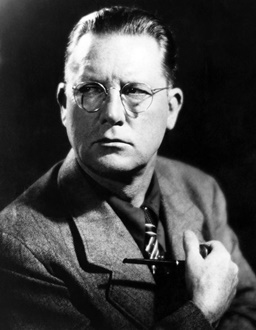Lauren C. Teffeau Talks Her Debut Novel, Her Career to Date, and Dealing with Annoying Writers Group-mates

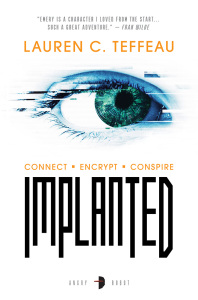 Lauren C. Teffeau’s debut novel Implanted was published yesterday!
Lauren C. Teffeau’s debut novel Implanted was published yesterday!
When college student Emery Driscoll is blackmailed into being a courier for a clandestine organisation, she’s cut off from the neural implant community which binds the domed city of New Worth together. Her new employer exploits her rare condition which allows her to carry encoded data in her blood, and train her to transport secrets throughout the troubled city. New Worth is on the brink of Emergence – freedom from the dome – but not everyone wants to leave. Then a data drop goes bad, and Emery is caught between factions: those who want her blood, and those who just want her dead.
I’ve had the privilege of knowing Lauren for several years now and watching her writing go from strength to strength. She has a master’s degree in Mass Communication and worked for several years as a researcher in that field before moving to New Mexico. There, she attended the Taos Toolbox Writer’s Workshop and sold several short stories before earning her first contract with Angry Robot.
We recently sat down to talk about Implanted, her career to date, and her future projects.
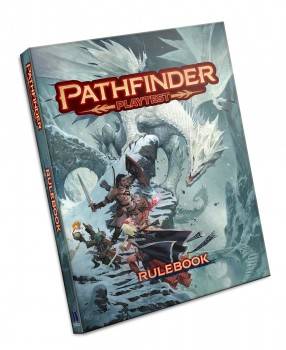
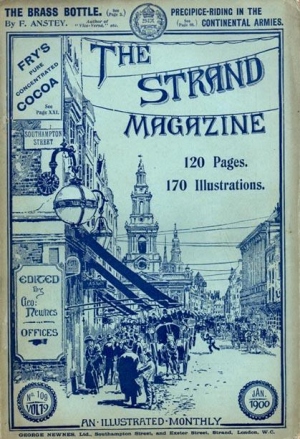
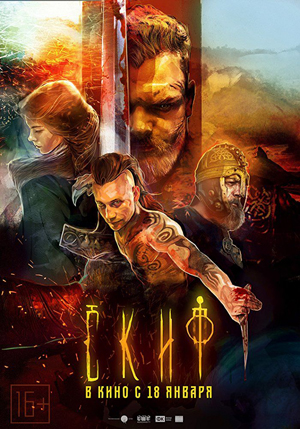 My last movie of Sunday, July 15, was a film I knew little about going in. It was The Scythian (Skif, Скиф), a Russian film directed by Rustam Mosafir from a script he wrote with Vadim Golovanov. It started late, and for most of the day I’d been unsure whether I’d stick around to watch it; in the 11 hours between leaving my house and the time it started, I’d ingested a few handfuls of peanuts, one (1) tin of off-brand cola, and a few mouthfuls of water. Still, I took my seat, the movie started, and then I quit paying attention to my physical body for one hour and forty-seven minutes. The Scythian is one of the best action films I’ve seen in years. It’s engagingly violent, and the violence is done well — but more than that, it’s filled with cleverness and unexpected twists. If you’re a fan of sword-and-sorcery or sword-and-sandal movies, you owe it to yourself to see this movie, and as soon as possible. (And I note it’s being released August 14 under the title The Last Warrior on VOD, Blu-Ray, and DVD.)
My last movie of Sunday, July 15, was a film I knew little about going in. It was The Scythian (Skif, Скиф), a Russian film directed by Rustam Mosafir from a script he wrote with Vadim Golovanov. It started late, and for most of the day I’d been unsure whether I’d stick around to watch it; in the 11 hours between leaving my house and the time it started, I’d ingested a few handfuls of peanuts, one (1) tin of off-brand cola, and a few mouthfuls of water. Still, I took my seat, the movie started, and then I quit paying attention to my physical body for one hour and forty-seven minutes. The Scythian is one of the best action films I’ve seen in years. It’s engagingly violent, and the violence is done well — but more than that, it’s filled with cleverness and unexpected twists. If you’re a fan of sword-and-sorcery or sword-and-sandal movies, you owe it to yourself to see this movie, and as soon as possible. (And I note it’s being released August 14 under the title The Last Warrior on VOD, Blu-Ray, and DVD.)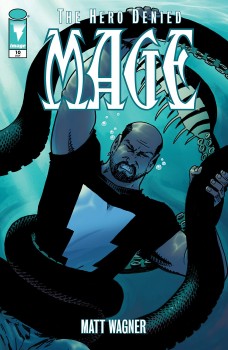

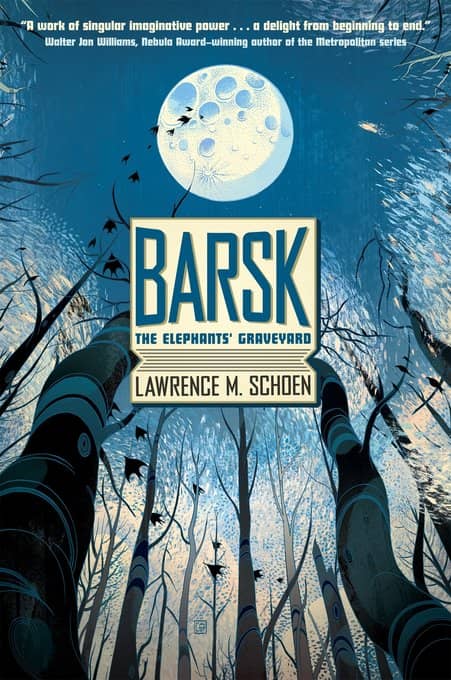
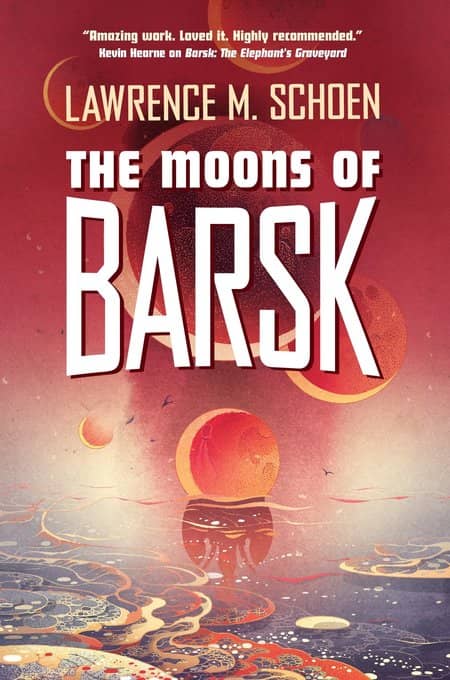
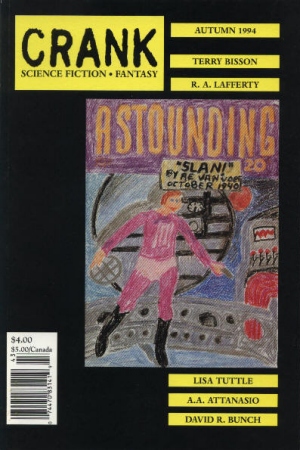
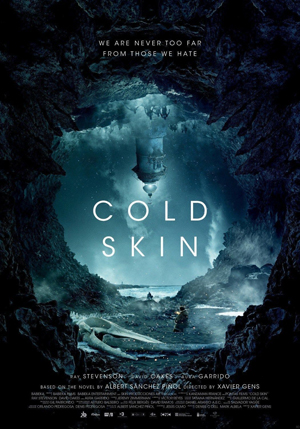 My third movie on Sunday, July 15, was a France-UK co-production called Cold Skin. It was scheduled to start at 5:10 in the Hall Theatre, and ran 107 minutes. At 7:15, across the street at the De Sève, there’d be a showing of the 1911 Italian film L’Inferno, an adaptation of the first part of Dante’s Divine Comedy. Musical accompaniment to the silent film would be provided by Maurizio Guarini of Italian prog band Goblin, well-known for providing the soundtrack to Dario Argento’s
My third movie on Sunday, July 15, was a France-UK co-production called Cold Skin. It was scheduled to start at 5:10 in the Hall Theatre, and ran 107 minutes. At 7:15, across the street at the De Sève, there’d be a showing of the 1911 Italian film L’Inferno, an adaptation of the first part of Dante’s Divine Comedy. Musical accompaniment to the silent film would be provided by Maurizio Guarini of Italian prog band Goblin, well-known for providing the soundtrack to Dario Argento’s 